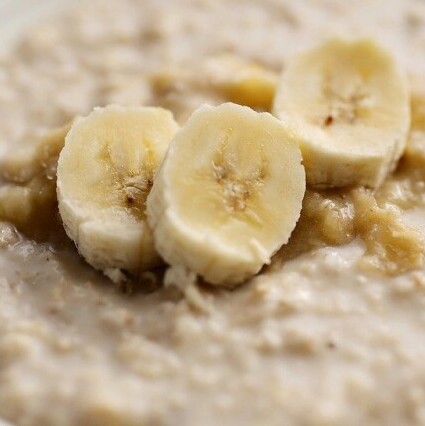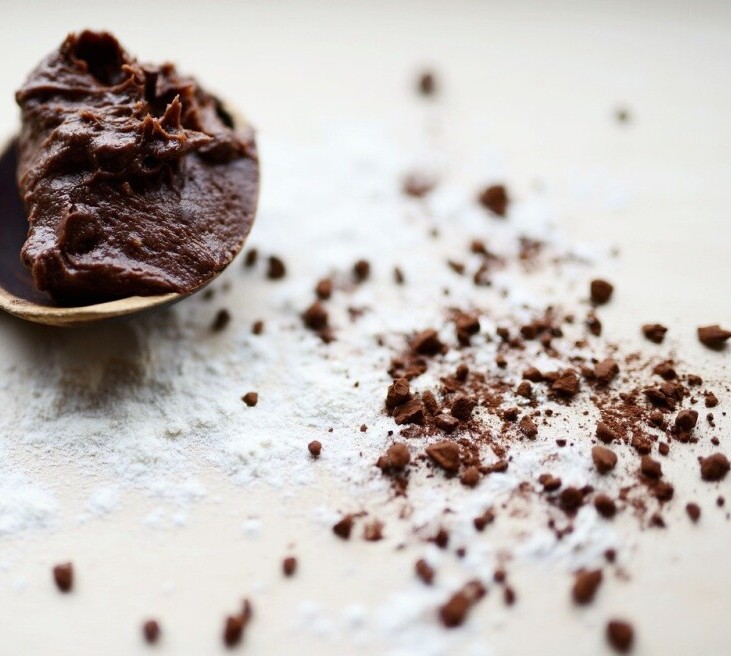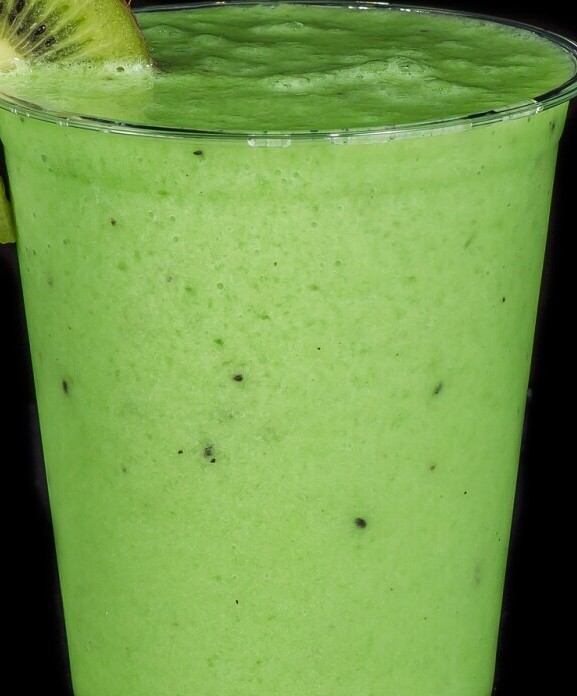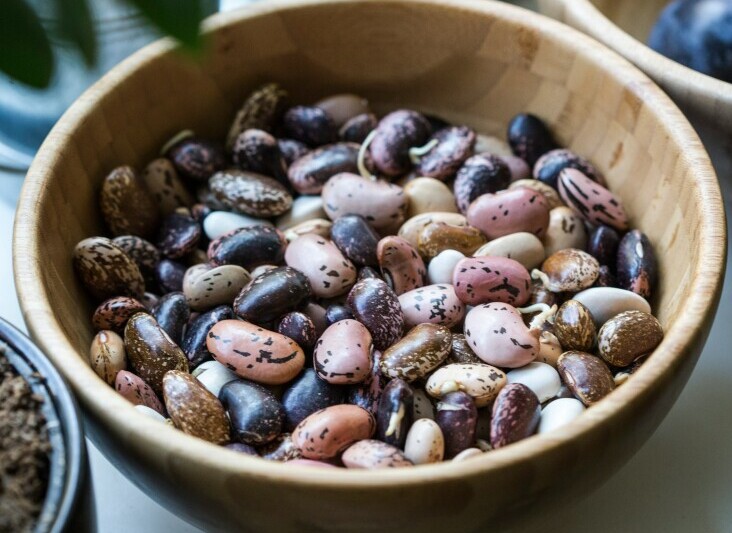High protein diabetic diets can really shake things up for those managing diabetes. Not only do they help keep your blood sugar dancing to the right rhythm, but they also pack a punch when it comes to muscle building and satiety. It’s like hitting a two-for-one deal!
You might be wondering why a high protein diet is such a game changer for diabetics. Well, proteins are a slower digesting macronutrient, which means your blood sugar levels won’t spike as quickly as they would with carbs. It’s like taking the scenic route instead of the highway—steady, smooth, and without the big bumps.
When talking about nutritional requirements for diabetics, it’s crucial to find the right balance. You’ll want enough protein to meet your daily needs without overloading. This also means carefully selecting low carb, low sugar options, which can truly impact your day-to-day diabetic management in positive ways.
And so the benefits unfold. Beyond controlled blood sugar, protein can help manage your hunger cues, keeping those mid-afternoon cravings in check. This makes planning meals and snacks much easier, letting you focus on nourishing your body with the good stuff.
Getting started with a high protein diet isn’t just about change—it’s about choosing wisely. Understanding what kinds of protein work best for you and how they fit into your daily meals can set you up for smoother sailing ahead. So gear up to explore a world where proteins are your friends, not just a number on a nutritional label.
Exploring the Role of Protein Shakes in Diabetic Diets
Protein shakes are like the secret weapon for those living with diabetes—convenient, quick, and packed with the good stuff. These little marvels can give you a much-needed boost without the hassle of a full meal. But hey, like all gems, you’ve got to pick them wisely.
One of the big wins with protein shakes is their ability to help stabilize your blood sugar. With the right ingredients, they can be a fantastic option to keep your numbers in check while also feeling satisfied. The convenience factor can’t be overlooked either—perfect for when you’re on the go or need something quick.
If you’re diving into protein shakes, watch out for the hidden culprits—added sugars and those pesky artificial sweeteners. You might think you’re doing right by cutting out sugar, only to find you’ve invited something else unwanted to the party. Opt for those naturally sweetened with things like monk’s fruit or stevia instead. They’re the superheroes behind that clean, sweet taste without the extra baggage. But if you really prefer to have sugar instead of sweeteners since they, too, have good and bad points, you could buy a protein without either and add your own sugar to it. That way you’d be sure to know exactly how much you were getting because no one knows you better than you do.
Creating your shake? Go for a plain, unflavored protein as your base. The canvas awaits! Add a sprinkle of dry cocoa for that chocolaty goodness and a hint of natural sweetness. The beauty is in customization—where fresh fruit can add a burst of flavor and nutrition. If you fancy a fruit-forward drink, toss in some fresh strawberries or a banana. But remember, moderation is key. A bit of banana goes a long way in sweetness!
There is always room for creativity here. Consider these shakes not just as a supplement but as part of your meal plans. They can serve as a reliable go-to when hunger strikes or you need something functional in-between meals. Getting savvy with shakes means a step closer to easy and healthy diabetic management.

Mastering the Art of Crafting Delicious Diabetic-Friendly Protein Shakes
Crafting the perfect protein shake for a diabetic diet is like becoming your own shake barista. The beauty is that you get to mix, match, and experiment with flavors until you find something that tickles your taste buds while keeping it friendly for your blood sugar levels.
Starting with the classics, a chocolate shake can be made with a touch of dry cocoa powder blended into a plain protein base. Adding a hint of natural sweetness like stevia takes this drink from good to gloriously satisfying, all without a sugar spike.
Don’t shy away from bringing fresh fruits into your shake game. Strawberries offer a nice punch of sweetness and a bit of tart. If bananas are your thing, add just a slice or two—they’re delicious and inch up your shake’s creaminess without overloading on carbs.
For those who love a bit of creaminess in their shakes, nut butter can be a star addition. Think almond or peanut butter paired with a berry protein powder. It’s like dessert in a glass, just without the guilt or the sugar rush.
If you’re feeling adventurous, play around with these basics. Maybe even swap out that cocoa for a pinch of cinnamon or nutmeg, or add some veggies like spinach if you dare. Your only limited by your imagination because even as a diabetic you still have a wealth of options to choose from. That way, your shake becomes a nutrient powerhouse while still being a tasty treat.
The great thing about these shakes is their adaptability to suit your taste and nutritional needs. You can whip up a full shake or just a half to pace throughout the day. The options are endless, ensuring your shake experience isn’t just nourishing but also fun and exciting!
Effective Strategies for Incorporating Protein Shakes into Daily Diabetic Meal Plans
Protein shakes can be your ally in creating a balanced diabetic meal plan that keeps the guesswork to a minimum. They’re easy to incorporate, versatile, and can fit into various parts of your day without a fuss. Let’s get creative about when and how to enjoy them.
Timing is key. Whether you’re replacing a meal or looking for a filling snack, consider when your energy dips to introduce a shake. Mid-morning slumps or that afternoon lag are perfect opportunities to enjoy a shake. It’ll keep you energized and satisfied without veering off your nutritional track.
When prepping your shake, pay attention to portion sizes. Depending on your daily needs, a full shake can be a great way to boost your protein intake, but a half might suit others better. Splitting up your drink throughout the day can also help steady your blood sugar without overwhelming your system.
Integrating shakes into your meal routine doesn’t mean ditching your regular meals. They work best in tandem with a balanced diet. Partner them with fiber-rich foods or healthy fats for a more rounded snack or meal.
Another strategy is tailoring the shake’s nutritional content to meet your day’s demands. If you’re hitting the gym, you might power up with a shake that’s a bit more substantial. On less active days, a lighter shake could be just what you need.
Convenience is one of the most significant benefits here. Pre-making your shakes can save time and ensure you have a healthy option ready to go. It takes the edge off decision-making, especially on busy days, keeping your diet consistent and supportive of your lifestyle.

Navigating the Benefits and Challenges of a High Protein Diet for Diabetics
Jumping into a high protein diet comes with its own set of perks and hurdles, especially for folks managing diabetes. Maximizing the benefits means understanding the landscape and knowing how to dodge potential pitfalls.
Let’s chat about the good stuff first. A high protein diet helps keep blood sugar in check by balancing glucose levels, which is a big win for any diabetic. It also supports muscle health, making it great for those who exercise or need a bit more oomph in their routine.
However, it’s crucial to keep your diet balanced. Going all-in on protein might lead to ignoring other essential nutrients. You want variety on your plate—think veggies, fruits, and whole grains. Protein’s great, but it isn’t your one-stop shop for all things nutrition.
Dealing with misconceptions is another challenge. You might hear that too much protein isn’t great for kidney health, especially in diabetics. While this is a concern, it’s mostly about ensuring you’re having a balanced amount without going overboard. Moderation and individualized nutritional advice are your allies here.
Staying on top of these details means regularly checking in with a healthcare or nutrition professional. They can help ensure your protein intake supports your health goals while keeping an eye on any medical conditions.
The lifestyle change also involves budget considerations. Sometimes choosing premium protein can be a bit pricier. Finding affordable, diabetic-friendly options like beans or lean meats helps pocket more savings while keeping you on track.
Remember, sticking to a high protein diet is about finding what fits you and your body best. Embrace the journey, stay informed, and keep exploring the delicious world of proteins!

I found your article on high-protein diets for diabetics both informative and engaging. ‘s great to see how proteins, being slower to digest, can help maintain steady blood sugar levels, offering a smoother energy release compared to carbohydrates. emphasis on choosing low-carb, low-sugar protein sources is crucial for effective diabetes management. I appreciate the creative suggestions for crafting diabetic-friendly protein shakes, like using unflavored protein bases and adding natural ingredients for flavor. Coulu provide more examples of low-carb, high-protein foods that are particularly beneficial for diabetics?
Hello, Hanna. Thank you for the comments you gave. Low carb, high protein foods would be lean chicken breast, fish like salmon, sardines and mackerel, eggs, greek yogurt which I see is higher in protein and lower in carbs than regular yogurt. Cottage cheese, tofu & tempeh, beans and lentils. Nuts and seeds along with lean beef like sirloin & tenderloin and lastly cauliflower which can take the place of rice and potatoes. All of these will help with your blood sugar like it does mine. (I will confess though I do not do tofu, tempeh or yogurt. That’s my personal preference.) I heard in a movie once and I liked the line-‘If it makes you feel good, do it.’ So there you are. If you like tofu and tempeh and yogurt, then go right ahead and enjoy every bite. That would be the Demon Knight’s advise and I agree. I hope this helps you out & I wish you all my best.